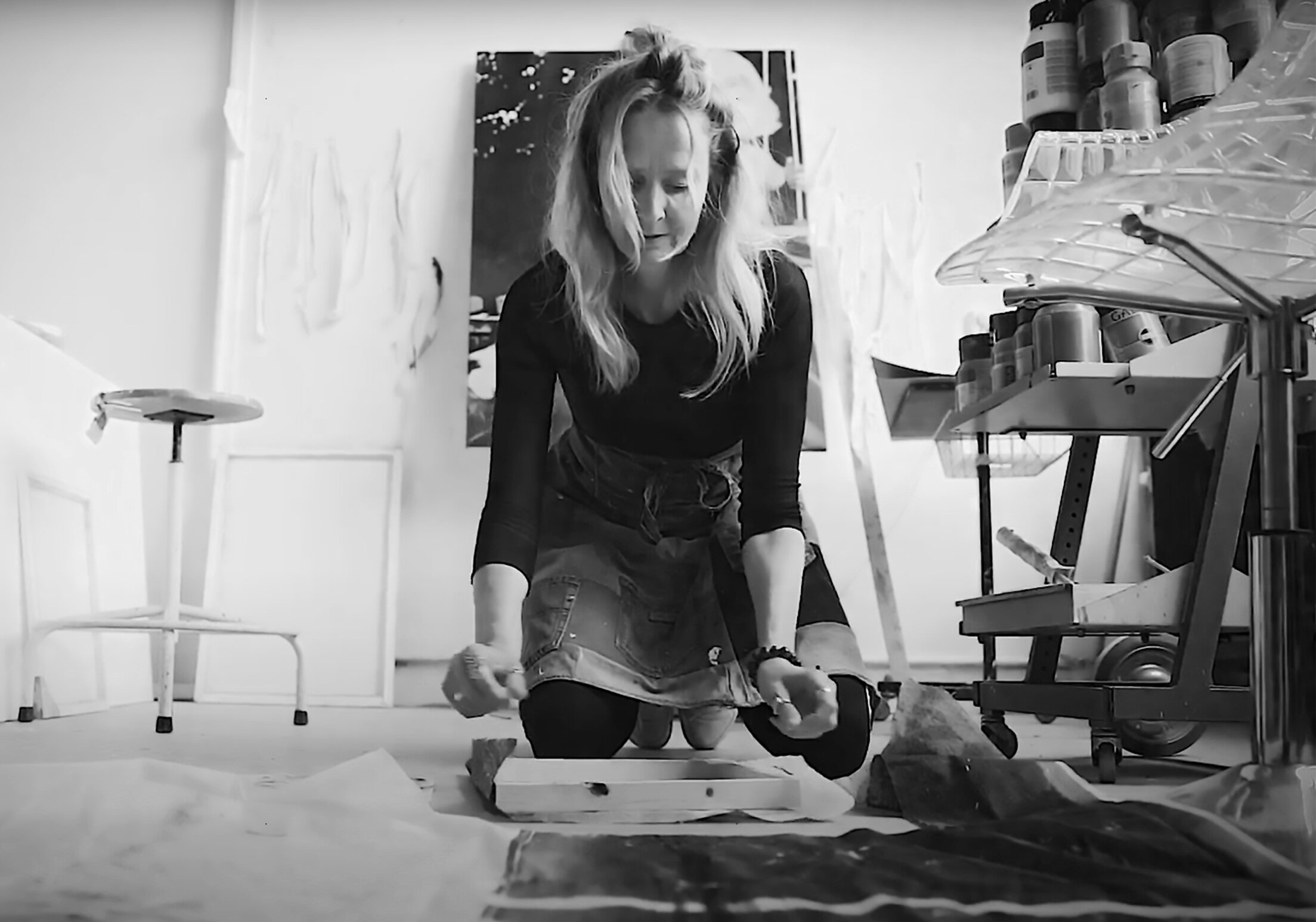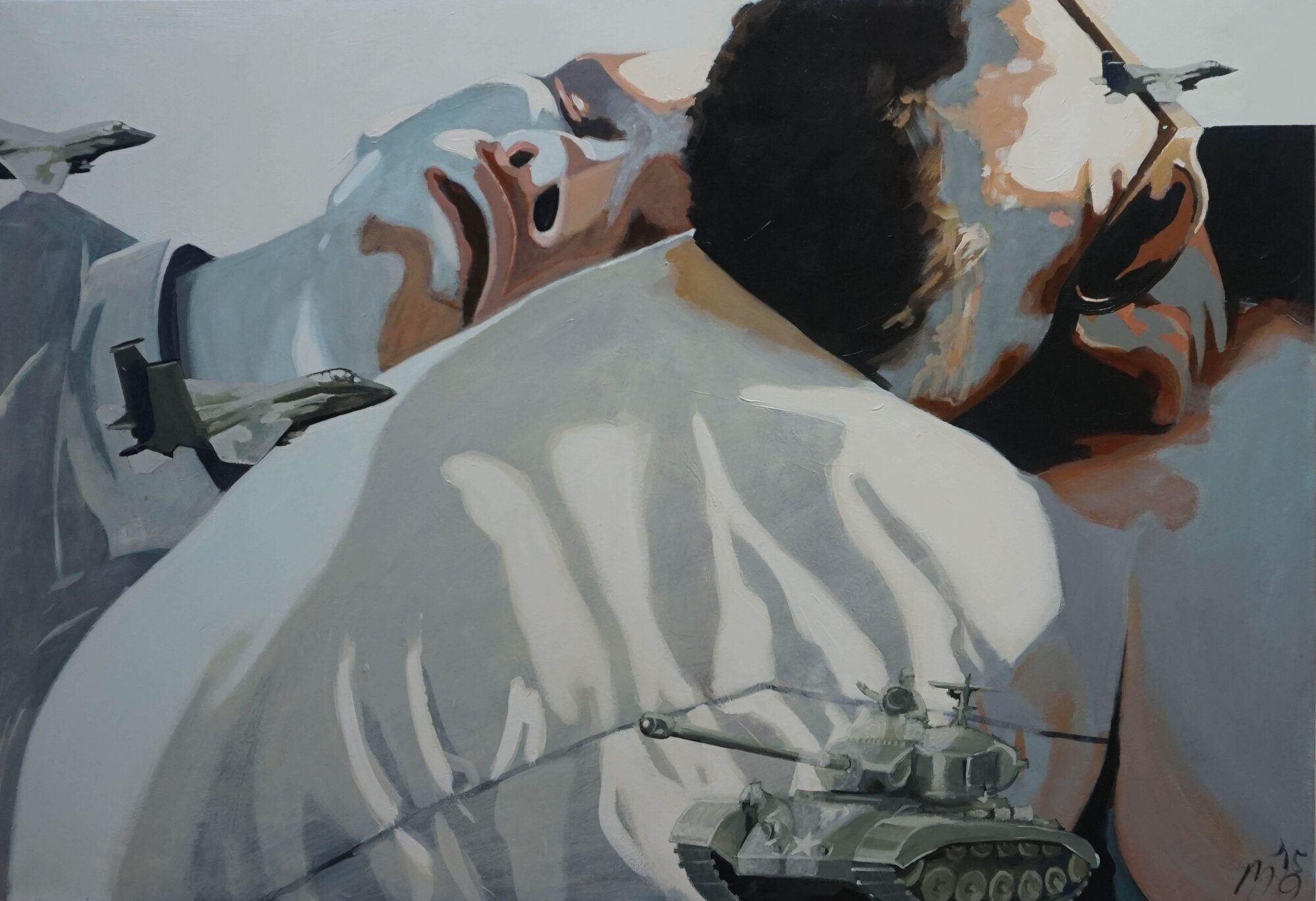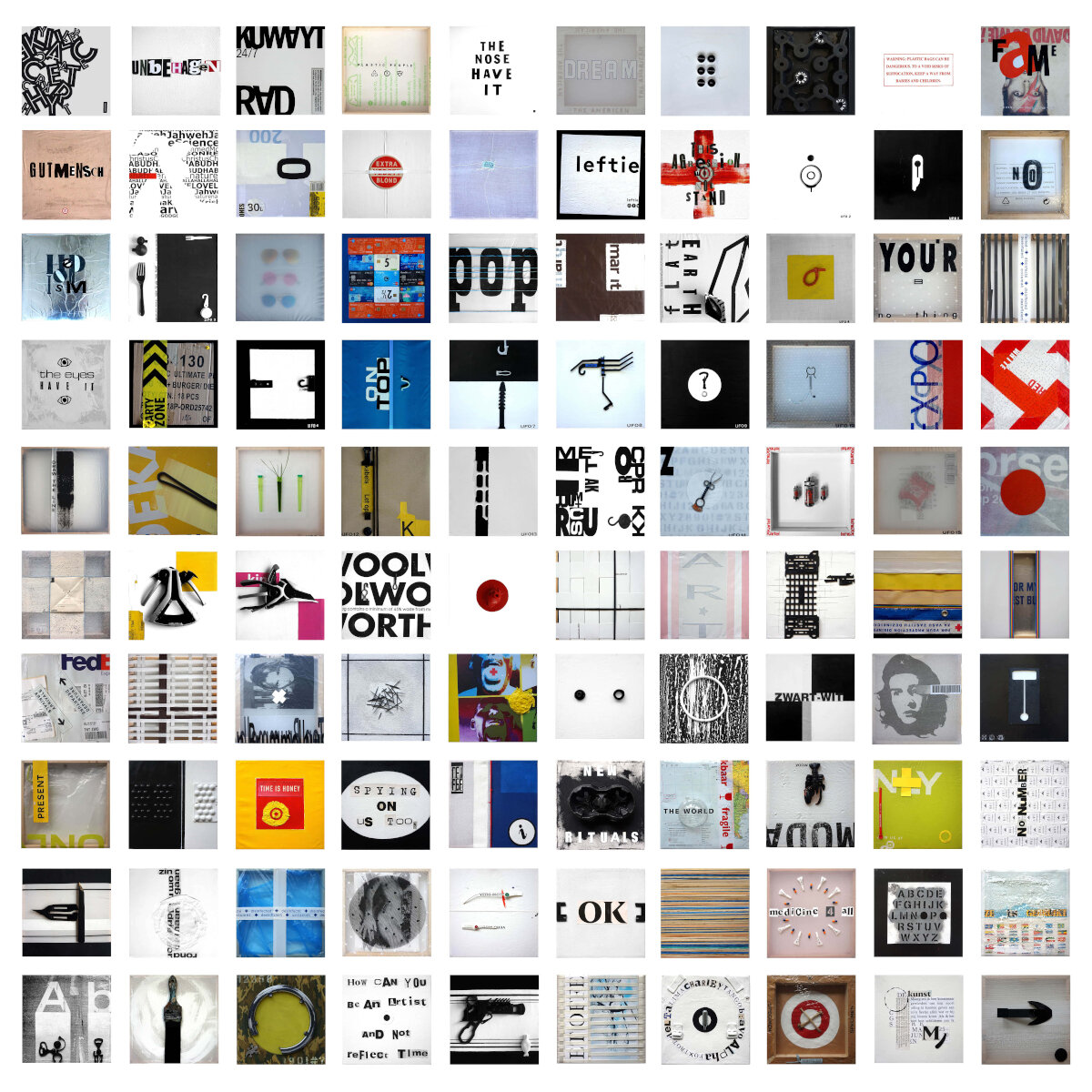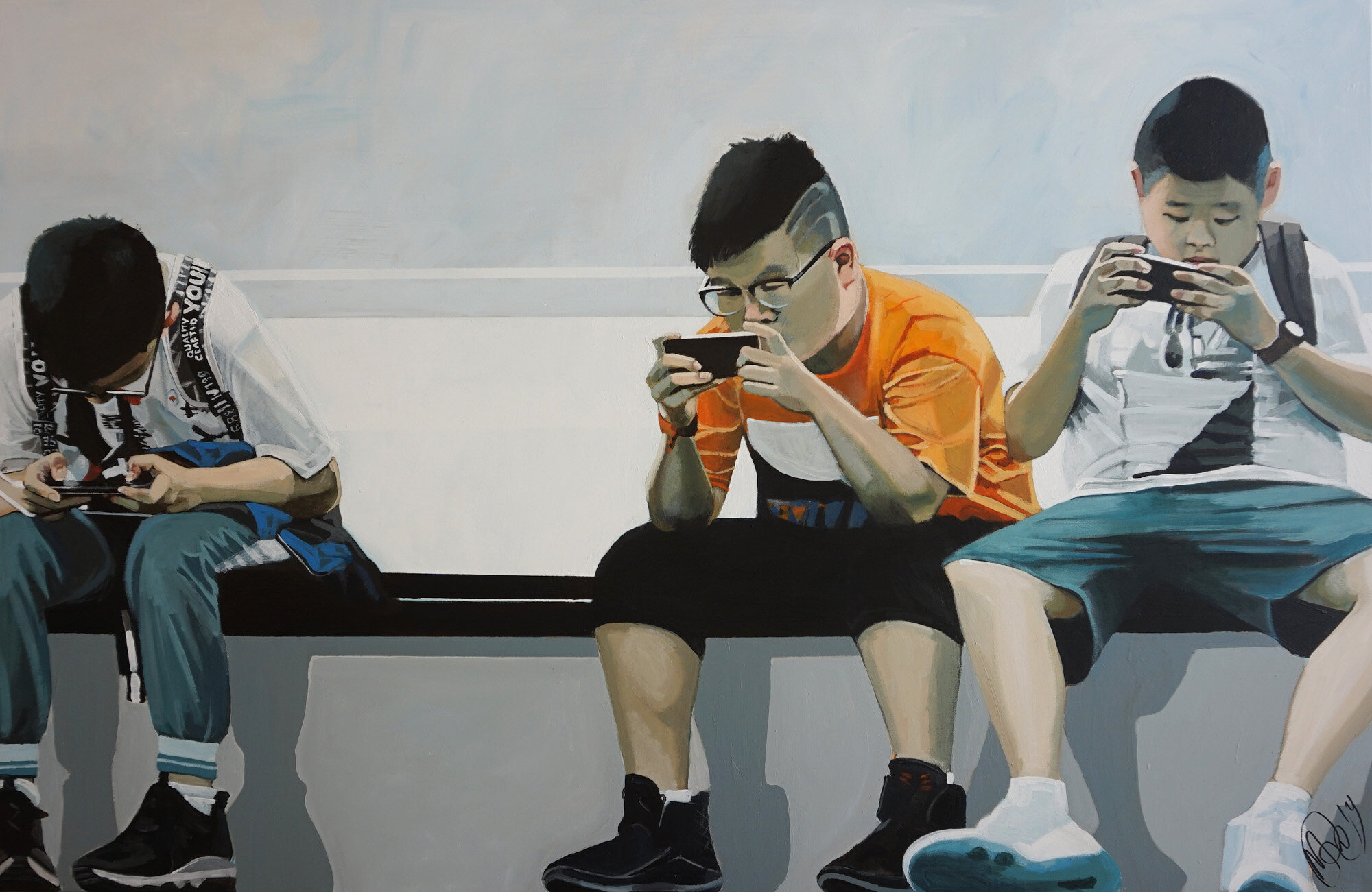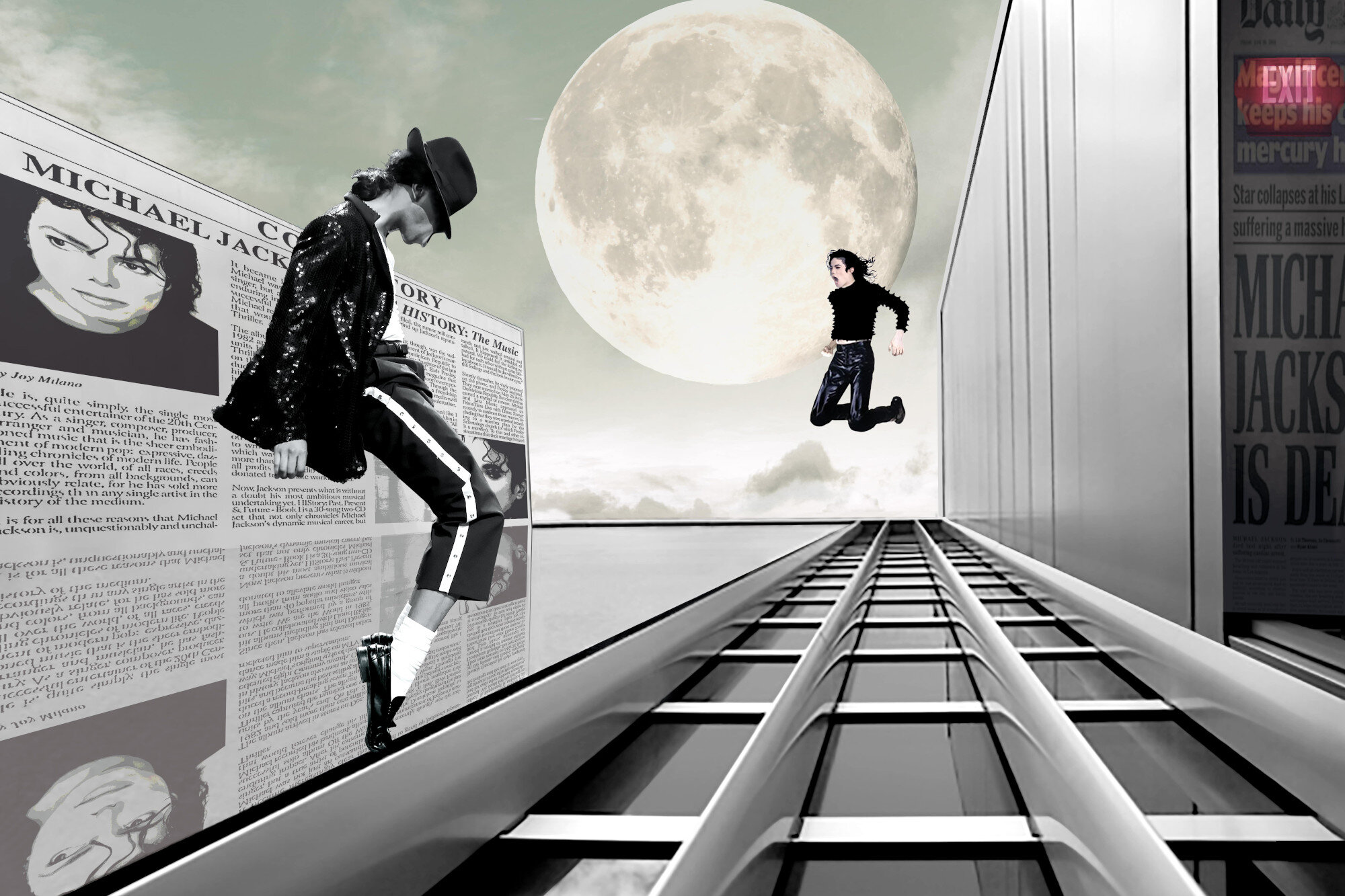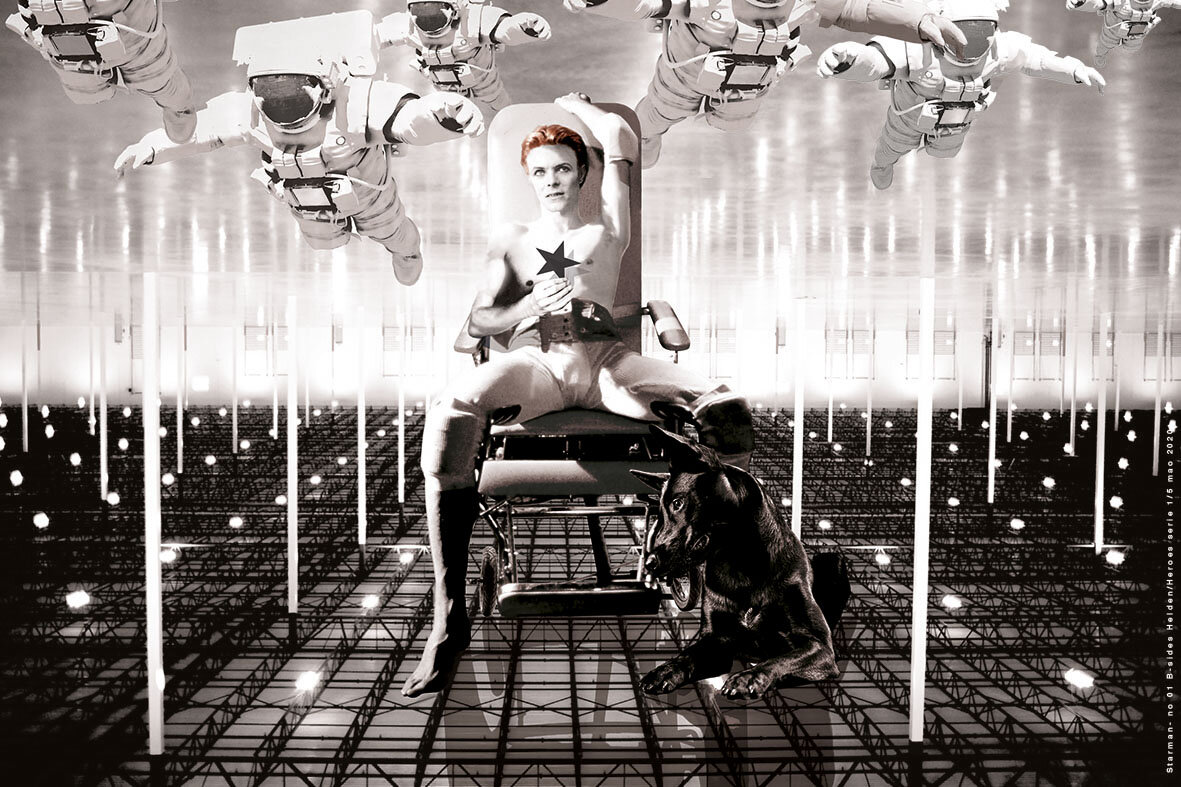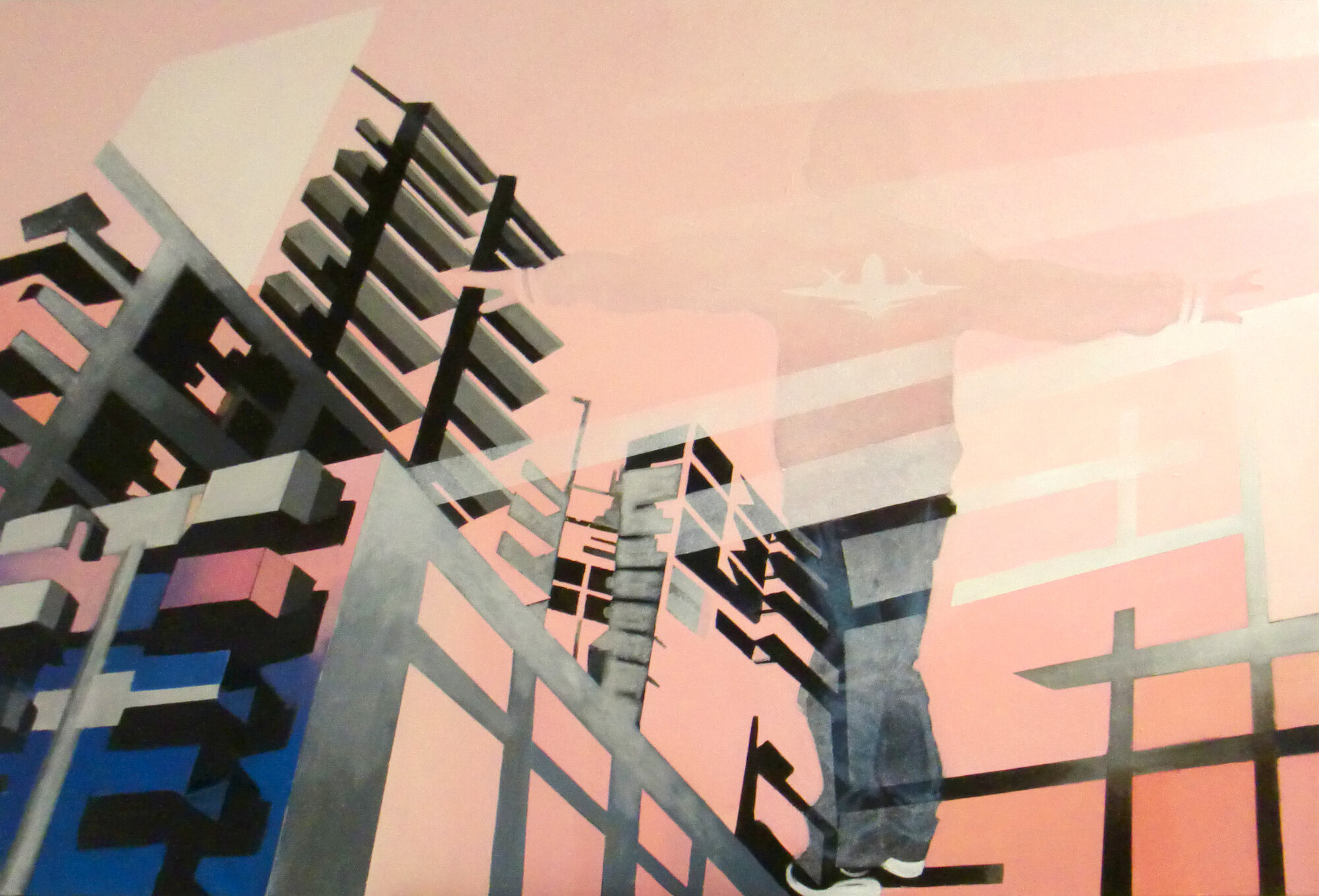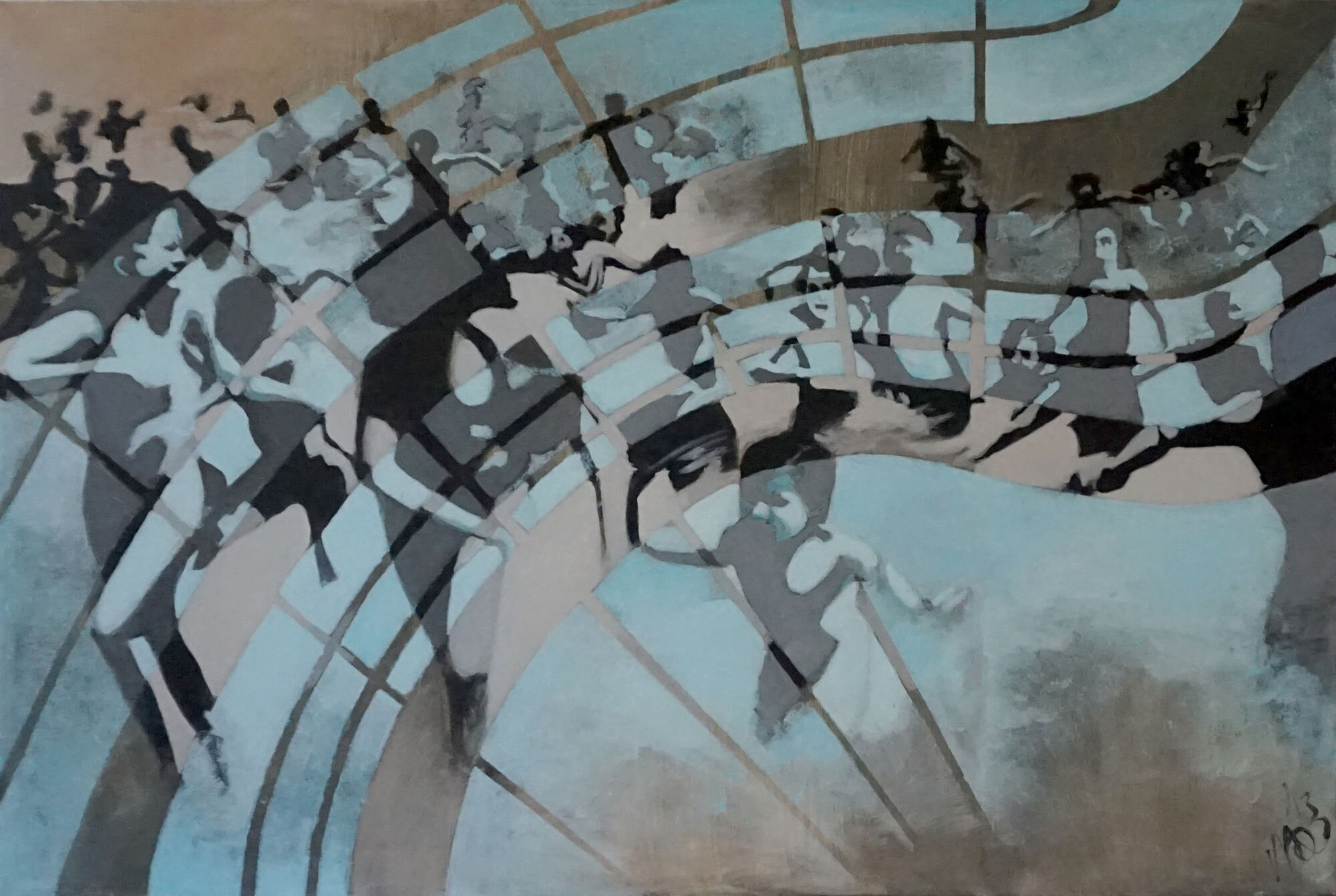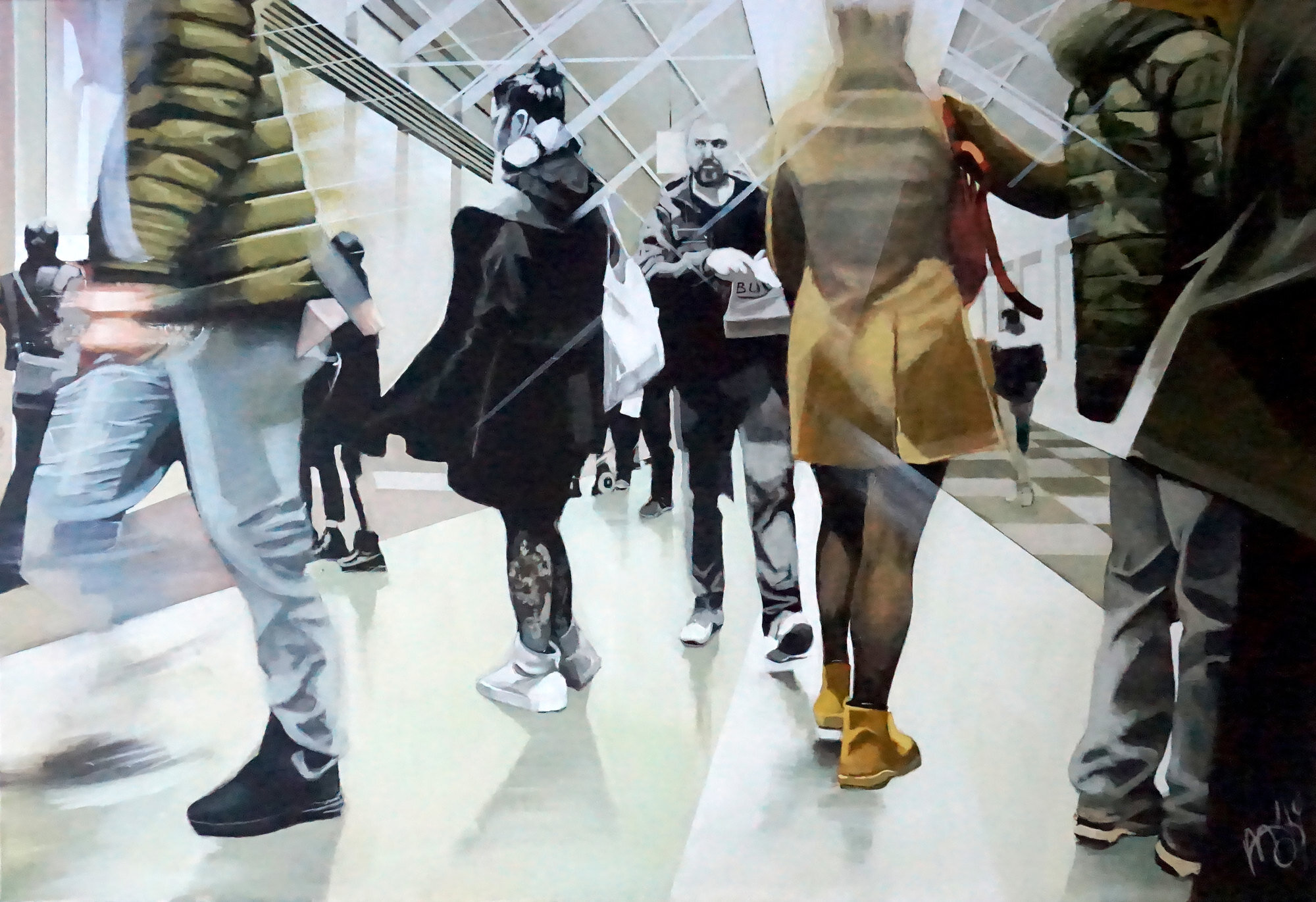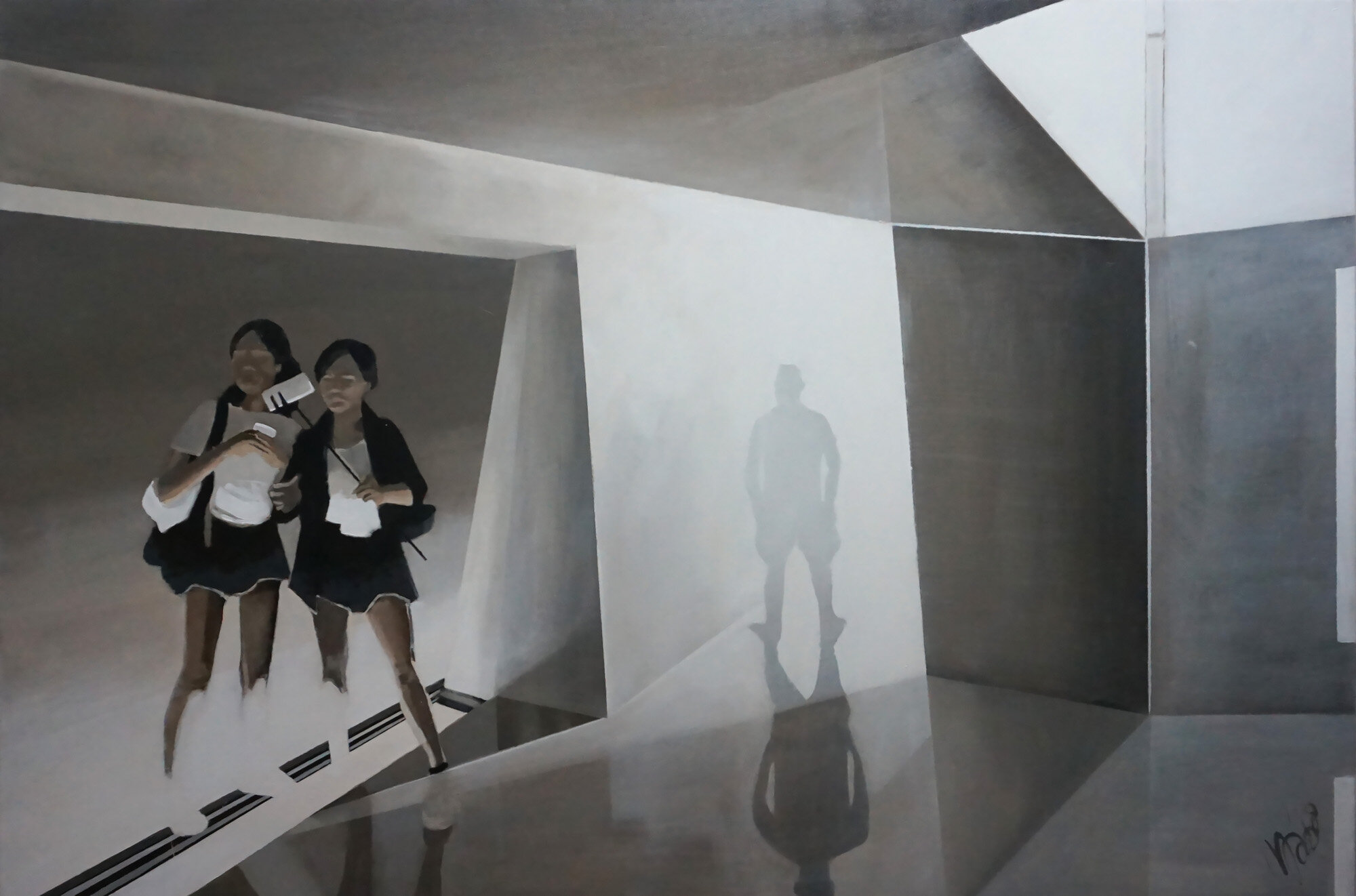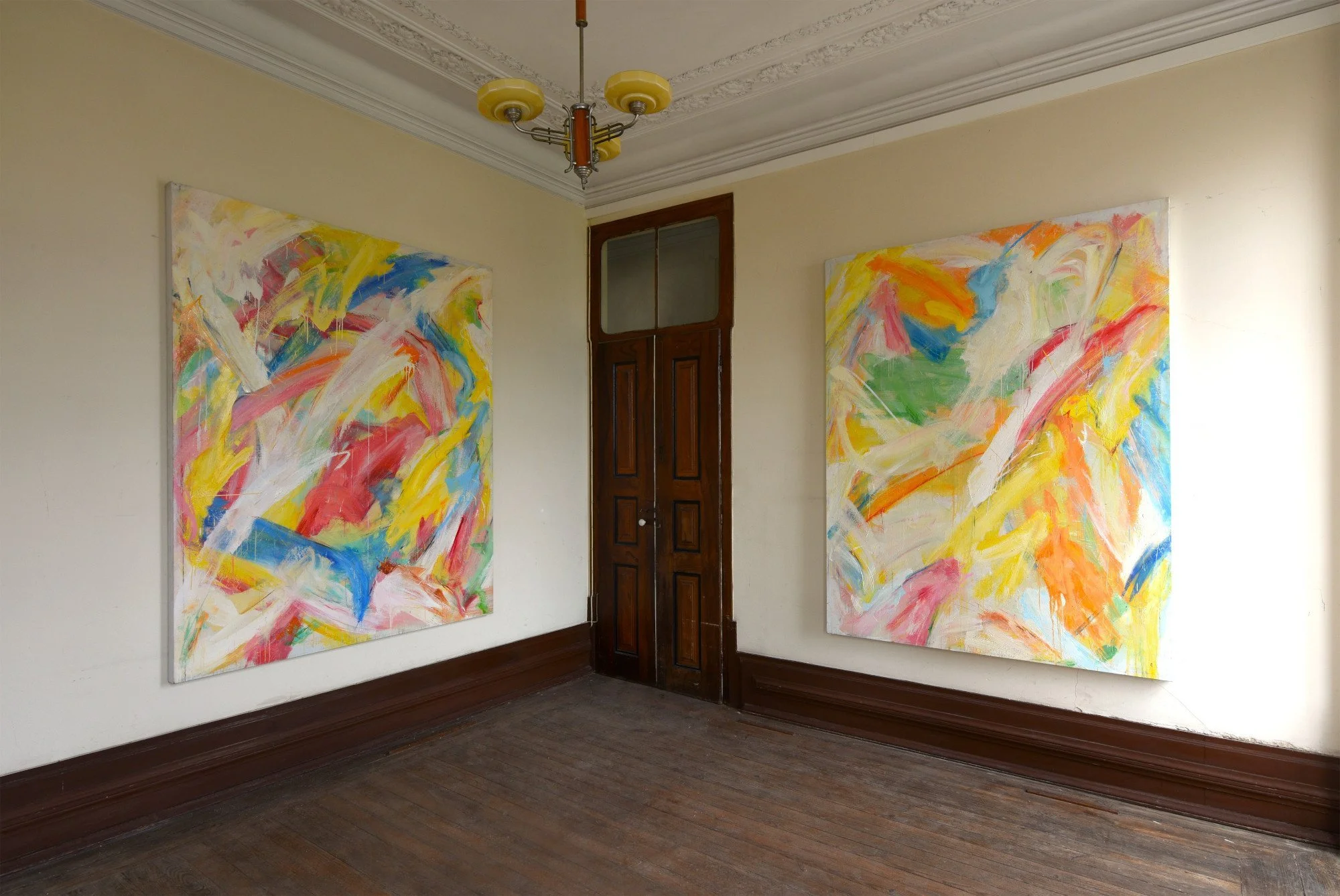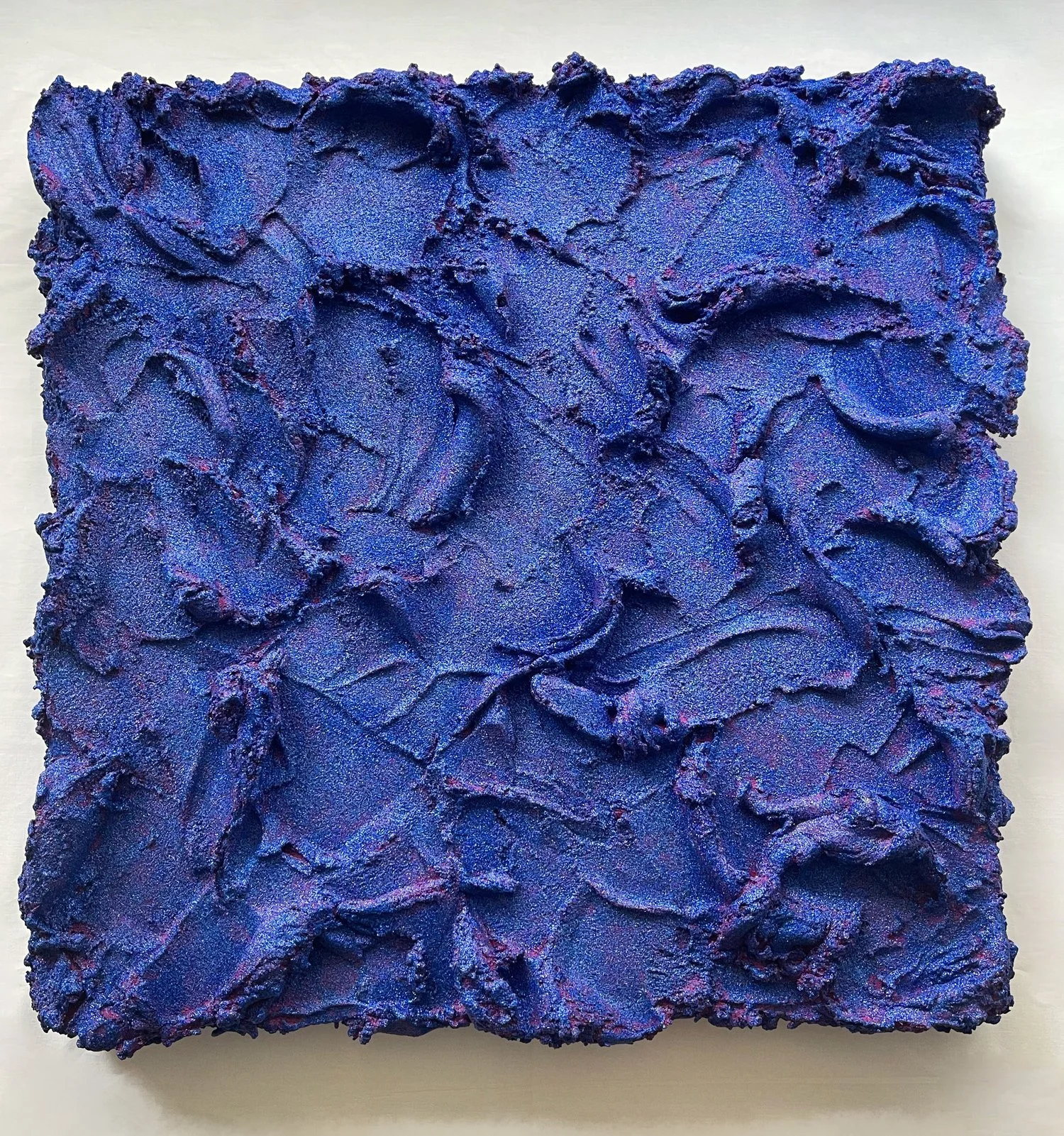10 Questions with Marit Otto
Marit Otto is a multi-disciplinary artist. Her artworks have a strong sense of aesthetics and a firm arrangement of color and composition. Her creating process is comparable to the process of a graphic designer. The concept, the idea is leading.
Otto’s art is often a personal reflection of social issues and current affairs. Her art is highly aesthetic, but it also contains distressing elements that evoke a feeling of uneasiness. This contradiction is a recurring theme in her artwork. Do you really see what is shown? What lies underneath?
To the artist, innovation is not a purpose in itself but the result of progressive insight and the need to stretch and push her own boundaries. Her two latest series, Metropolitans and Brave New World, are her response and reflections of all that occurs in modern society. It shifts from irony to dystopia.
She is also working on a series of digital artworks that listens to the name Heroes and a larger multi-disciplinary art installation called Remains Of Today. This contains small environmental artworks of found objects and materials, short philosophical stories to accommodate it, music composed by a musical composer called Ali Reza Tahoeni, and the artist making a video clip to finalize it.
Marit Otto portrait. Still from the video Hands by Morgendust | Ph: Raymond van Olphen
ARTIST STATEMENT
"Art colors the world we live in and broaden our general perception. For me, it is vital. It's the air that I breathe and the food for thought that I proverbial eat. It keeps my mind limber and open, and it gives me a sense of purpose. I would not dare to imagine a world without art. When illusion dies, I am sure we all die a little too". - Marit Otto
Sweet Dreams, acrylic on canvas, 110 x 160 cm, 2015. Marit Otto©
INTERVIEW
You are a multidisciplinary artist; thus, you work with a vast range of different techniques. How and why did you start experimenting with different techniques?
Me experimenting with various methods and techniques have something to do with the lack of artistic dogmas. My background is as a graphic designer, and I brutally entered the art world 'without asking' when I was 25. I had no academic approval, so to speak. At first, this was a disadvantage when it came to opportunities and credibility. On the other hand, it was an advantage; I had no set boundaries and, more importantly, no pretense. I just wanted to make myself happy before even wondering about me getting accepted in the art world. This gives tremendous freedom to experience and create. My first and biggest artistic love was painting. I felt a deep need to paint. Nothing tops what kind of magic a simple brush can do. Mentally stepping into this other world, feeling lifted and in touch with some kind of hidden universe.
Remains Of Today, various materials, 100 pieces 30 x 30 cm. Marit Otto©
I followed a ceramics and sculpting class in my teen years. And I liked working with clay a lot. Made some portraits (amongst them a portrait of David Bowie). My first (non-heated- squatted) atelier (DOAS) was so cold in wintertime that I did not dare to paint there at first (I painted at home the first 6 months). But, since I had this space, I had to work there too. This time clay did not seem the proper material. I searched for something quite laborious to keep me warm. So, I turned to heavy manual labor, stone carving.
Later, I accidentally started sculpting with leftover materials, parts of mannequin dolls, and inflatables, just to play and re-value these leftover materials. At first, I was regardless of the outcome. I simply did not have any references. This was a very joyful and almost Zen-like endeavor. Unlike when I'm painting, this felt totally unrestricted. This resulted over time in several 3d objects vary in size and shape.
As soon as my atelier was suited for painting (spring-summer 1995), I worked hard and produced many paintings. My first Apple computer gradually opened the door to digital art. Painting with bits and bytes. I had followed a course for electronic publishing designer/operator (E.P.O-'94) not long before, still intending to become a computer-aided graphic designer. So I was very skilled and knew my digital way around. Now the playful mode went on again. And I started embracing the graphic designer, who I had pushed aside for a while, in me again.
With no fears to discover whatever the graphic programs had in store for me, there was and still is a world full of exciting possibilities waiting. Over the years, this developed in a continuous stream of all kinds of digital outings alongside my painting (what I see as the proverbial red line). Lately, I have started making short video clips, which can be added to the digital skills.
In art, I am driven forward by two things; curiosity and engagement. These two elements are like gasoline for my proverbial artistic engine. The subject or concept comes first, and then the choice for technique or medium follows.
Since; 2018, collage art became the technique of choice for one of my biggest art-installations, Remains Of Today. It happened by accident, really. Cleaning out my atelier and not wanting to dispose of all these used or saved items. At the time, waste was already on my mind as I did an art project about plastic bags (and how it is cluttering our seas and suffocating animals). So awareness was already present. My other antenna is focused on all kinds of social issues that are targeting our world and the absurdities of daily and common life. These two elements found each other in this form of art. Small artworks of found materials combined with written expressions or comments about whatever is bugging me at the moment. This could as well be an ironic or a serious remark. It proves to be a great outlet. Ever since I made these tiny communicating artworks, there is a load of my mind.
Everything I create is somehow connected to each other. Themes are overlapping and my artistic approach, the way I look at things, are very much present in every outing. But I always like to move forward and surprise myself. So inevitable, over time, nothing really stays the same.
Gameboy, acrylic on canvas, 100 x 150 cm, 2019. Marit Otto©
Why are you an artist, and when did you first become one?
As a child, I was always playing and drawing. I was a social child, but I also spent a lot of time inside my imagination. At primary school, they called me a bit of a dreamer. Sometimes I was ‘in,’ and sometimes nowhere to be found…mentally speaking. My teachers then wrote ‘past period she seems somewhat distracted and absent-minded’ in one periodical school report alternated in another periodic report with ‘ she’s quite sharp and accurate lately. So this was varying from time to time, but I was always daydreaming.
Later, when I got older, like all teens finding my place to fit in the world. Apparently, I succeeded, but deep inside, I often wondered where I would really fit in. I looked at common lives, careers, and conventions, and it had no appeal to me. The average paved road seemed really frightening and suffocating. Please don’t ask me why; it probably runs in my family. This lovely small family is somewhat restless, headstrong, and autonomous. It took me a while to find my destination (24). But the day that I decided to give way to the artist in me, everything felt in place. I could finally breathe.
Can you tell us about the process of creating your work? What is your artistic routine when working?
Each day I get up around 7.30, breakfast and a stretched morning routine. My atelier day starts somewhere between 9 or 10 o'clock and ends somewhere between 1800 and 1900 hours.
The morning is for checking mail, writing… office stuff; the afternoons are meant for creating. This is not cast in concrete as days also evolve in their own magical way. Tuesday and Friday are for painting. This is non-negotiable. Holy hours.
Starting painting is a ritual that describes itself best by a lingering start… bit insecure about what to do, where to start. Then a shallow commitment grows, music playing in the background, getting in the mood, getting worked up if all goes well, and finding myself singing and dancing a little. On a bad day, it is an energy drainer. After a fight with the matter, going home wasted and in despair, I suck. These two emotions vary. In my many talks with colleague painters, I discovered that they suffer these emotions too. It is probably a painter's delight, the fight.
SCREAM, print on canvas, 120x80cm, Limited edition 1/5, 2020. Marit Otto©
Starman, print on canvas, 120x80cm, Limited edition 1/5, 2020. Marit Otto©
In your work, you deal with key issues of our time, reflecting on topics such as alienation and consuming culture. What do you think is the role of the artist in society, and how should artists position themselves towards such important themes?
This is funny you mention that. I bear this 'cross' of engagement for a while now. And I noticed that for me, it was never really a choice. I even tried to get rid of it for a while. I wavered in the idea of making art just for the beauty of it or making it for the search for art itself. It felt like rowing against the current. I guess I am what I am in my art, including my worries as a human being. It is inseparable. What you observe with your eyes connects directly to my soul. Maybe it sounds vague, but it's true. So, I embrace this fact of life and use it the best possible way I can imagine, to start dialogue or discussion. No matter how small the scale. I believe we artists, in the broadest sense, have a stage and a public; maybe, it is our role to bring social topics to light. Seen through our eyes and determined with our logic to open some eyes and keep people awake and combative instead of feeding them popular bedtime stories. So much is happening in the world right now; how can art not be activist at the moment? How can anyone, for that matter, not be a bit of an activist at this moment in time?
For instance, you mentioned the consuming culture. I believe we are all preyed on this consuming adagio. Ever since people started to believe that money is the answer to everything and anything. Even social housing, public health, 'schooling' (not really, but still on the leash of some corporate managers), and social security became free-market institutions with all consequences we see today. The general idea that is making great profits and doing the morally right thing simultaneously proved to be obsolete in most cases. Ok, it works to a certain extent, but overall, we deeply worship money and profit as if it is the high priest of happiness and prosperity. Even on the streets, music, art, and suburbia, our buying power seems to equal our happiness. While I believe the opposite is true, philosophy, creativity, and a search for meaning are the key to happiness, and maybe not even happiness but humanity. In the pursuit of happiness, many things go sour. In the meanwhile, unhappiness and discontent are rising mental welfare diseases. We witness the downfall of diversity in species, both flora, and fauna. It happens as we speak. Then I did not even mention the collateral damage of the big brother data society and its merits.
My need to express is foremost fed by this idea that we might be too late to turn this big wheel around (to what?). And I do fear the outcome of that.
Fly Me To The Moon, acrylic on canvas, 100 x 150 cm, 2013. Marit Otto©
Breaking Waves, acrylic on canvas, 100 x 150 cm, 2013. Marit Otto©
You define yourself as a "contemporary surrealist" Can you explain to our reader what you mean by that?
Apart from the “Remains Of Today” series and my sculptures, my latest artworks are very close to reality, or even 'the' reality. My statement on his matter is that life itself became quite surreal. It doesn't need me to make it 'unreal.' So, I often add imaginative elements, hustle picture elements into a completely new world, or add some graphical elements at the end, but the base is always realism. Lately, I discovered that I actually did not even need to sauce the image up with surreal elements parse. The images, pictures I took or found, are actually surreal and absurd, all by themselves. The only thing I do is to bring it to the surface for the viewer to make them see what I see! So one could say that my surreal-ness is fluid as life itself. Most people have Salvador Dali in mind when the term surreal comes by. With me, that's not the case. Although he is a great inspiration, my artworks are solidified slices of real-life sometimes larded with 'extra' surreal interventions, sometimes without. We live in a surreal era.
How has your art evolved over the years?
When I started as an artist, I avoided some artistic difficulties to make it happen and not fail. This failure or success mode is very ineffective. It wears you down at times. It stops energy from flowing. But time is needed to build up a bit of courage in that department. Another important ingredient is patience, which I lacked at first. So what has changed is my restlessness. I was restless and kind of using this as a striving force. This resulted in high productivity and many paintings as an outcome. The word raw comes to mind to describe the style back then. But over the years, I turned my restlessness over into patience and trust. There is no right or wrong in art, both features have their own benefits and charm, but this is the visible progression in my work. The images became more complex. And artistic difficulties became challenges and puzzles to solve. Not trying to blow others away with your energy but gently give it a stage without great expectations. Not being under the influence of critics, other artists and no need to live up to both the art world or commercial art buyers' expectations made me more independent and free in my choices. I am basically following my own track, and it works for me.
Hunters Gatherers, acrylic on canvas, 100 x 150 cm, 2019. Marit Otto©
You work for months on a single painting, sometimes even years on the same project. How do you get ideas for each piece of art? And how do you translate the ideas into artworks?
The Germans have a great term for my way of picking up ideas, 'Gefundenes Fressen.'
This is how the process works; something comes across on the 6 o'clock news, a picture or a story in the paper catches my eye, or me coming across 'special' real-life situations, my mind collects and stores. At any given moment, in my sleep, before I fall asleep, doing the dishes, or even when riding my bicycle or walking, an idea, a concept hits me by surprise, so to speak. This ignites a process of searching for forms to shape it and creating it. My mind is never really at rest, so you can imagine this perpetual mobile effect it has. Sometimes so many ideas and thoughts are produced that I even can't catch up with them, and I start to feel drained and tired. Then I know it's time to relax, take a holiday, read a book… blow a bit of fresh air through the upper chamber. Once an idea is landed, I start searching for proper basic images and shapes to work with. I am often found in my personal photo archive, but I do not mind a little Google, newspaper, or magazine searching. As long as the original concept is pure and unique, anything goes to realize it. This is what I believe.
Over the past 12 months, we have witnessed a growing number of online exhibitions and live events. What do you think of the recent changes in the art world? Do you miss the art world as it was before the pandemic, or do you see more opportunity now?
I am enthusiastic about online galleries, especially when they are acting like professional agents. There is much difference in quality and service, so any artist should be critical for showing his or her work. It took me a while to determine the good online galleries. Now, I found some, and it works for me. The entire world can take notice of your art, and that is a good thing. The pandemic changed a lot. At this moment, we don't really know if the changes we observe now are lasting. As I see it, there is no proper answer to the unpredictable life- events that nature has in store for us. We forgot to live with insecurities and started to believe in feasibility. Now is a time we must surrender somewhat to the given natural facts, meaning cave in a bit and wait and see. For me, personally, that's doable. I understand that this is not the case for many others. But as harsh as the situation is right now, I see lots of opportunities for everyone.
As for the question if the physical art world is sustaining or not… It will find its way, as we cannot do without art. There will always be artists, art, and people that seek its comfort.
Or to quote some lines from the Flat Earth song by Thomas Dolby; (1984)
“The Earth can be any shape you want it
Any shape at all
Dark and cold or bright and warm
Long or thin or small
But it's home and all I ever had
And maybe why for me the Earth is flat”
And I add, in a relative proverbial flat world people will keep searching for heights and depth!
LCD - Liquid Crystal Dismay, acrylic on canvas, 100 x 150 cm, 2018. Marit Otto©
Do you have any upcoming shows or collaborations you are looking forward to?
I have a few collaborations and exhibitions scheduled for the year to come. Recently I exhibited my work in gallery Waarkunst, in Groningen, NL and coming next is a collaboration with a sustainable design store in Amsterdam called Nel. There I will show a few of my artworks in successive exhibitions over periods of 3 or 4 months. I have a book published called Remains Of Today, this book contains the first 100 artworks of the installation Remains Of Today. It is for sale at several book stores and shops. In 2022 I will participate in two scheduled exhibitions, a group exhibition called Sweatshopping at Galerie de Ploegh in Amersfoort and a group exhibition called Rituals in the Rietveldpaviljoen, Amersfoort. Last but not least a producer/musician called A.R.T. (Ali Reza Tahoeni) is producing soundtracks for 100 Remains Of Today artworks. The first 10 soundtracks are already to be enjoyed on Soundcloud, and I made video clips to accommodate both his tracks and my own artwork concept which can be found on Vimeo.
And lastly, what is one lesson you learned in the past year?
What I have learned past year is that against my own expectation, I can rely on my art for support. Many external freelance work relations ended with the first Corona wave, followed by financial insecurity. But the situation turned in my favor (knock on wood). I know that it can change again, and tables can be turned again. I am a realist, but for now, this is my positive professional lesson.
I was already very much aware of the environmental imbalance before Covid. I am not religious, so in my perception, it is not a punishment of any kind. I am not suspicious either, so I do not believe in conspiracies. But the way I see it, it is a signal we cannot deny. So what a lesson it could be is to observe that freedom and a feasible society come with a price. Everybody got used to eternal economic growth. Now we see that comes with the cost of something much more precious. I am willing to change and adapt to whatever is needed for a more sustainable future. So instead of wanting and expecting, I am more interested in reducing my footstep. I think it's just a fair thing to do. That is what I've learned from the past year on a personal level.


